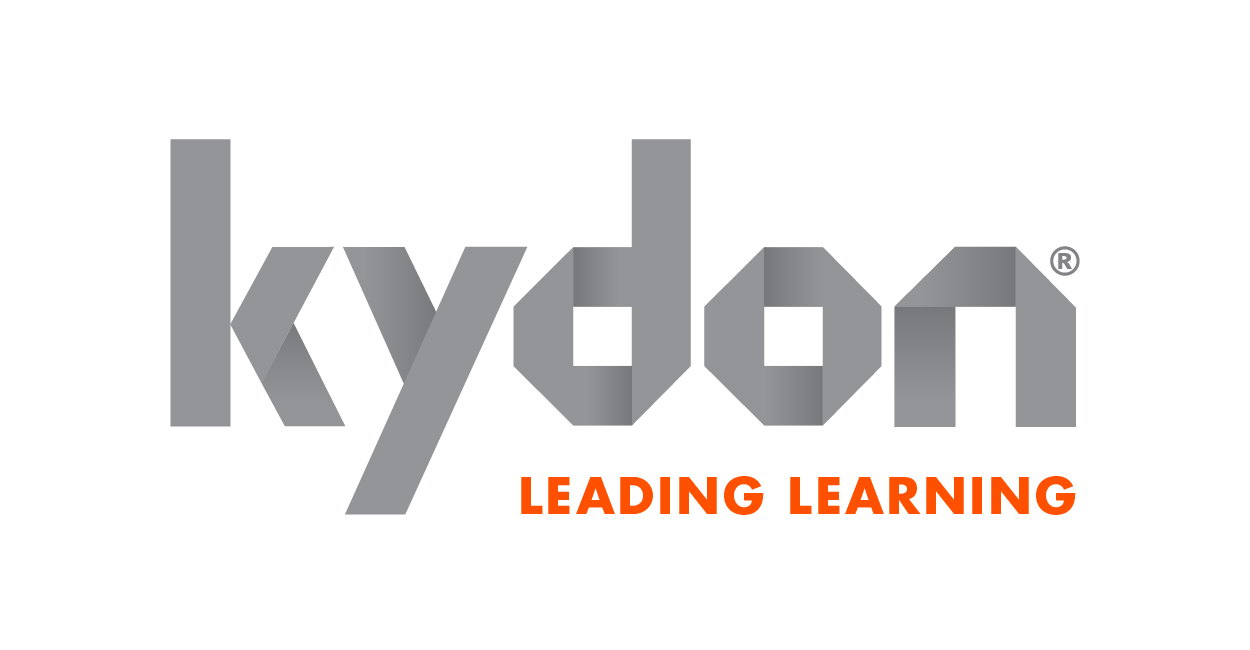Corporate eLearning In Asia
Of course, eLearning is not a simple monolithic concept, and neither is Asia!
eLearning comprises a wide spectrum of approaches to delivering educational content and having it well-absorbed by learners. Many approaches have been and will continue to be tried, and not all are equally successful. But learning with devices is never going away now that it is here; it will just keep being refined.
Corporate eLearning is catching on not only because the devices are everywhere, but because companies struggle with their Learning and Development budgets. In many cases these allocations are decreasing, but that doesn’t mean that companies want less learning and development, just that they want a bigger bang for their buck.
Companies understand that continuous learning is a must for enhancing workforce productivity. But bringing in live trainers is expensive; sending people out to be trained is expensive too. eLearning solutions promise similar benefits at a lower cost; the trick is getting them to live up to that promise.
The statistics indicate that the growth rate for eLearning and corporate eLearning in Asia is the highest in the world at 17.3%, with revenues projected above $12 billion USD by 2018. This is driven by governmental spending on K12 and university education, but corporations are getting in on the act, and will inherit a new generation of workers to whom eLearning approaches are second nature.
But when we talk about Asia, we’re not just talking about the world’s largest and most populous continent but also its most economically diverse, including both some of the most highly developed countries and some of the least. Corporate eLearning is not going to be the same animal in Bangladesh as it is in Singapore, to put it mildly.
On the one hand, you have nations such as Japan, Korea, and Australia, where virtually the entire population has access to the internet at lightning speed. On the other, you’ve got countries such as Myanmar, Laos, and Cambodia, which are developing technologically but have a long way to go to reach that level. In between, there are China and India, two of the world’s largest and most vibrant economies, where the need is now but the reality sometimes falls short.
Corporate eLearning in Asia is driven and complicated by language issues. This is not a trend; this is a permanent reality. India, for example, has 22 official languages and 30 that boast more than a million speakers. The continent’s languages are written in a bewildering variety of scripts and systems, too, from the elegant Korean hangul alphabet to Chinese characters that take a lifetime to master.
Consider how different this is from other continents. All the languages in Western Europe and the Americas are written in Roman letters. In Eastern Europe, you do encounter the Greek and Russian alphabets; in North Africa and the Middle East, Arabic script. But as you move further into Asia, there are simply dozens of writing systems, and the languages are not as closely related as European languages are, either.
Although the Internet can with some stress accommodate all of that, there is no doubt that it runs predominantly on the English language and on Roman letters, just as international business as a whole does. Therefore, the number one goal of eLearning in Asia is the development of English proficiency across the K12, university, and corporate landscapes.
That is not some imperialistic American viewpoint. Look at ASEAN, the regional economic forum of Southeast Asian nations that includes Indonesia, Malaysia, Singapore, the Philippines, Vietnam, Myanmar, Cambodia, Laos, Brunei, and Thailand. English is both the working language of the organization and has been declared by it to be the official language of business for the region.
So the good news is, eLearning providers in Asia won’t have to leave their English behind. The other news is, they will have to deal with all those other languages, because materials for eLearning English can’t all be in English.
All the other global corporate eLearning trends apply (in varying degrees) in Asian markets:
- The popularity of Learning Management Systems (LMSs), platforms that enable companies to monitor and generate statistics on employee eLearning.
- The popularity of, on the one hand, personalized, interactive, and self-paced learning, and on the other, huge scale-ups such as MOOCs (“Massive Open Online Courses”).
- The increased use of game-like elements to keep learners engaged.
- The prevalence of learners using their own devices, especially smartphones, to access corporate eLearning materials.
- The replacement of in-house eLearning systems with cloud-based, SaaS (“Software-as-a-Service”) technologies.
No matter what trends you are scanning, through, ease of use is a paramount concern. Learning how to eLearn should not take up too much time and should not be the focus. For training employees in applications, for example, VisualJet offers easy ways to create brief interactive simulations using simple screenshots, and to “gamify” content for maximum learner engagement.
The future of corporate eLearning in Asia and around the globe is going to be a story of continuing opportunities.









